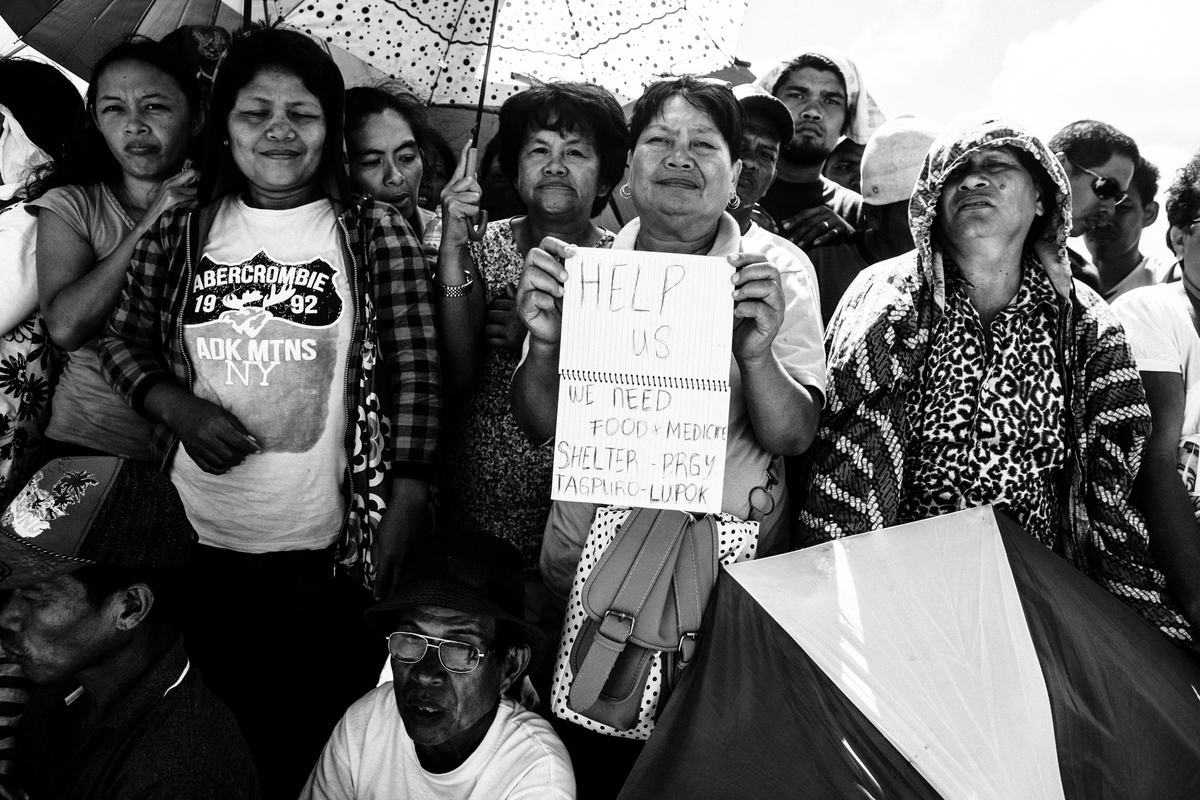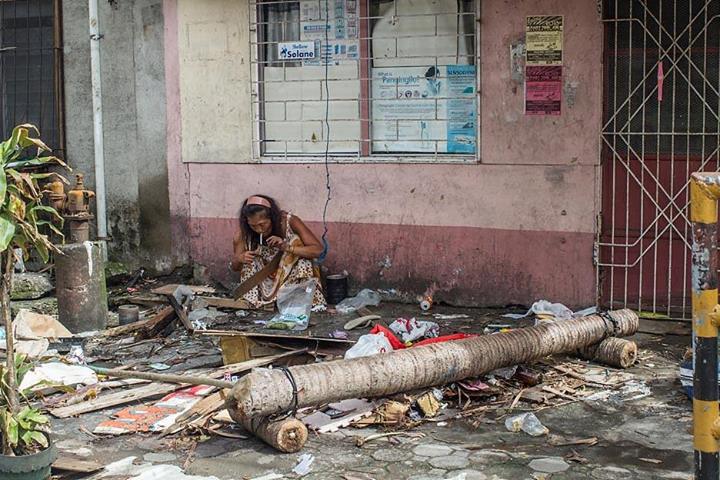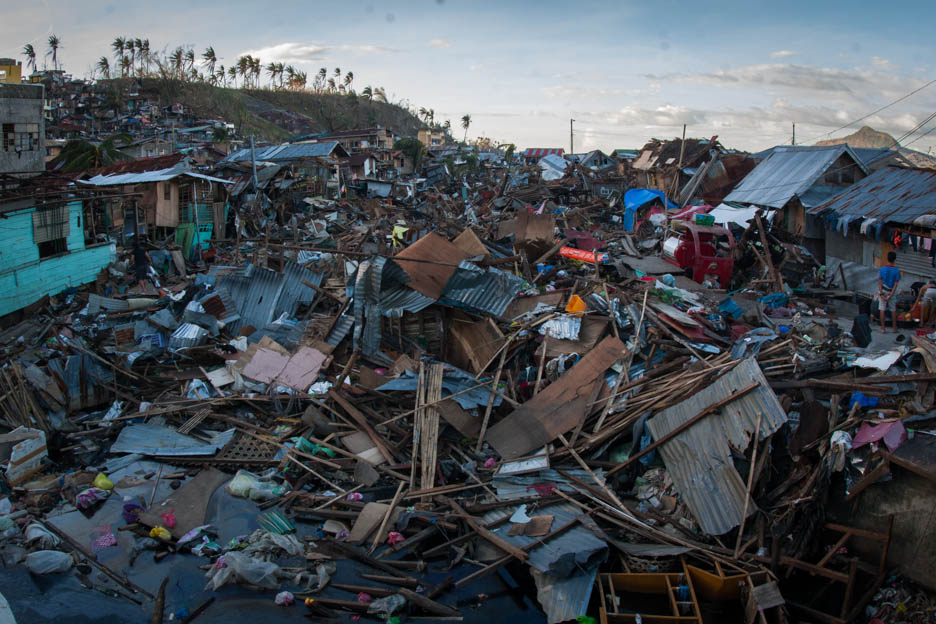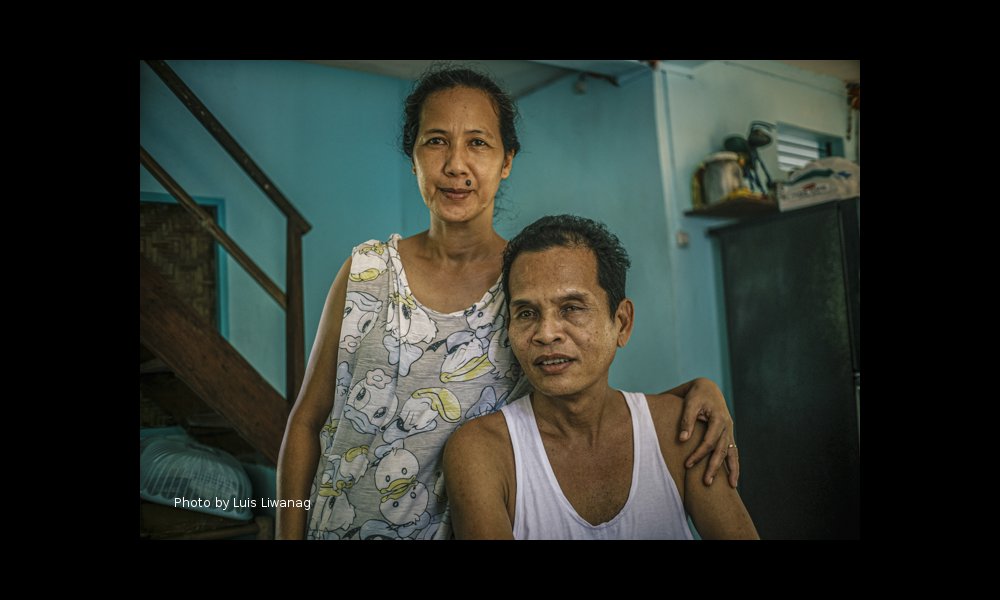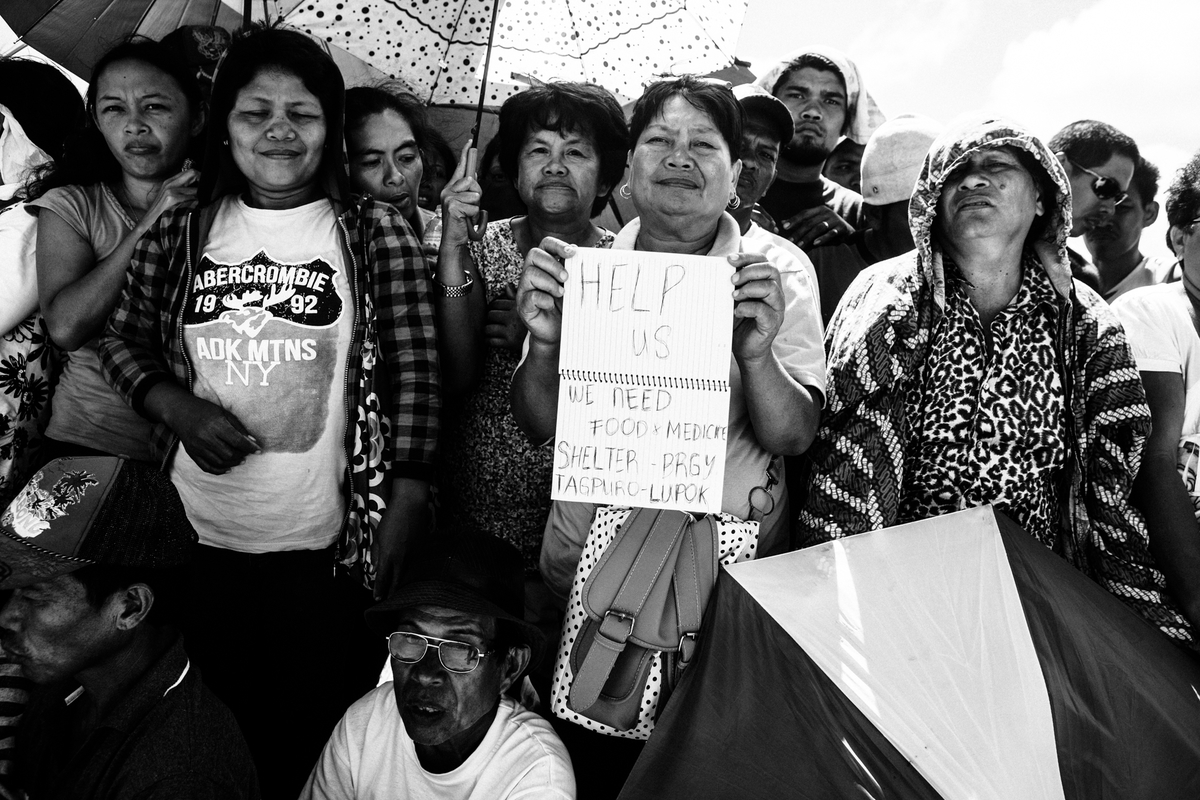
By JANE DASAL
THE devastation wrought by supertyphoon “Yolanda” and the slow pace of rehabilitation have made the Visayas a difficult place to be a mother.
The mothers’ lack of access to basic services pulled down the Philippines ranking in the 2014 State of the World’s Mother index (SOWM), which was launched in Manila on Tuesday.
The Philippines’ ranking dropped a notch to 105th out of 178 countries surveyed. This makes the Philippines the fifth worst country for mothers in Southeast Asia, much lower in rank compared to Singapore (15th), Malaysia (68th), Thailand (72nd) and Vietnam (93rd).
The slip in the ranking from 106th in 2013 also means the Philippines is now ahead of just 41 percent from other countries on the list, from 44 percent previously. Among the best countries for mothers are Finland, Norway, Sweden, Iceland and the Netherlands.
“In Eastern and Western Samar and Eastern Leyte, only 7 percent of health facilities were able to provide a clean and safe delivery and only 4 percent had capacity for newborn resuscitation after Yolanda,” said Ned Olney, Save the Children Philippines Country Director, in the State of the World’s Mothers report. (Read the report.)
During the launch, Save the Children Philippines Health Director Francesca Cuevas said of the 2,258 health facilities and clinics destroyed across Yolanda-affected areas, only 50 percent of these facilities have been restored and rehabilitated.
The current situation of the health care system in these areas, she added, “compromises a clean environment for mothers to deliver safely.”
More than 750 babies are born every day in areas in the Visayas devastated by supertyphoon Yolanda leading to potentially 45,000 babies born without full medical care four months after the typhoon struck.
And of over one million people in the Visayas who lost access to full health services after Yolanda, 163,000 of which were children under five.
The threat to mothers and children was exacerbated by the lack of access to electricity and water supply, and the inaccessibility of roads.
“When the health system is devastated, sometimes the only choice is to give birth right beside the road, in your home or wherever you can,” Olney said, adding that in some cases, it took 10 days to two weeks to deliver the safe delivery kits.
 In an interview, the Department of Health (DOH) said it is addressing the problem.
In an interview, the Department of Health (DOH) said it is addressing the problem.
“We have built makeshift tents to serve as emergency maternity units where cesarean delivery can also be done on pregnant women. These emergency units also provide post-partum care for the mothers and newborn babies,” said Dr. Rosalie P. Paje, medical officer at the DOH’s Family Health Office.
But Paje said in areas where the roads have not been repaired, the delay cannot be avoided.
“We have devised an improvised transport system such as tricycles modified to accommodate pregnant women to lie down as they are being transported to the maternity tents,” she said.
Paje added that the government is also building women-friendly spaces where the women are given information on reproductive health.
“Yolanda has taught us that the medical systems frequently collapse during crisis. The government must also do more to ensure that more pregnant women are given access to a clean and safe birth at a time when they are already at their most vulnerable,” Olney said.
He also said that it is unclear whether storms like Haiyan have “the potential to erode the Philippines’ progress on the MDGs for child and maternal survival,” especially if the country experiences more typhoons of similar scale.
In 2010, the Philippines posted a maternal death rate of 99 deaths per 100,000 births. The World Health Organization in 2013 reported that the country might fail to meet the 2015 Millennium Development Goals target, which is to reduce maternal deaths to 54 by 2016.
According to the SOWM, most maternal deaths occur from preventable and treatable causes such as hemorrhage, obstructed labor, infection and convulsions. The report said these complications are not immediately addressed because of uneven access to health care systems.
In the report, the Philippines’ ranking also slipped to 124th from its previous ranking of 89th in terms of educational performance.
“The children starting school today in the Philippines can expect to stay in school for slightly less time than the children in the year 2000,” Olney said.
He said families had less to spend on children’s education because of low income.
But the Philippines’ ranking on the indicator political status rose to 42nd from 60th because of the increase in women’s political participation. Since 2000, the percentage of women occupying seats in politics doubled from 13 percent to 27 percent, it said.
(The author is a University of the Philippines students writing for VERA Files as part of her internship.)
